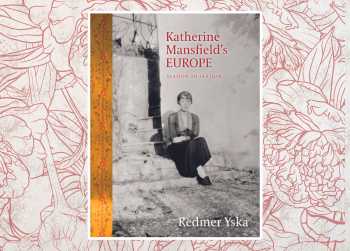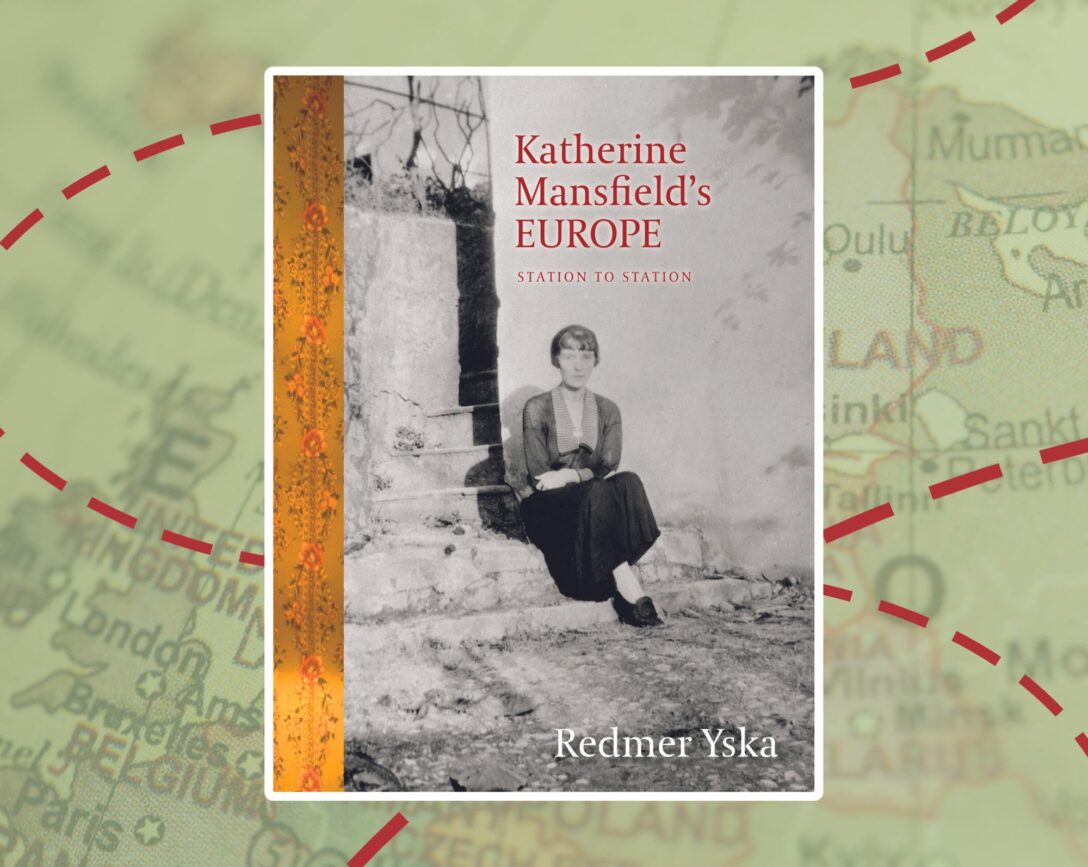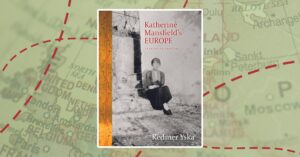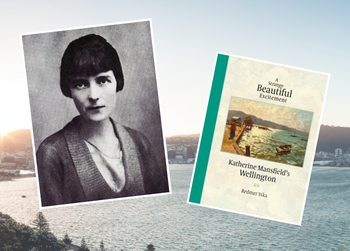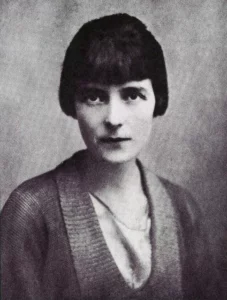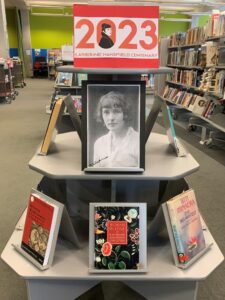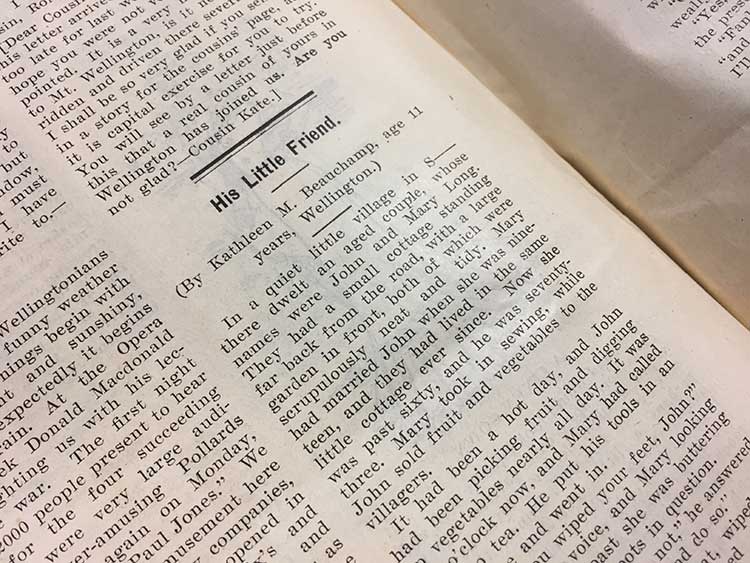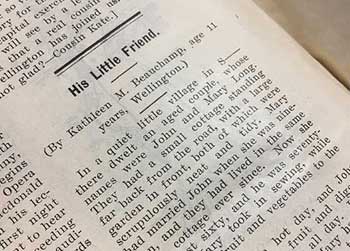By 1916 Britain, Australia and Canada had each established official war art programmes to document their country’s activities in the First World War and to use for propaganda purposes. Muirhead Bone was appointed Britain’s first official war artist in May of that year in an unprecedented act of government sponsorship for the arts. New Zealand lagged behind its allies on this issue because its wartime government considered war art unnecessary and expensive, but in April 1918 Nugent Welch was taken on as New Zealand’s divisional war artist.
Art:
 Art from the First World War.
Art from the First World War.
“Throughout World War I, the British government employed a diverse group of artists to produce a rich visual record of wartime events. But the art from this important collection often far exceeds this objective, giving voice to both the artist and the soldiers who are depicted. Art from the First World War contains more than fifty images chosen from among the Imperial War Museum’s impressive collection of works by war artists. Art from the First World War features some of the most well-known British artists of the twentieth century, from the brothers John and Paul Nash to William Orpen, Stanley Spencer, and John Singer Sargent, whose Gassed shows a line of wounded soldiers blinded by a mustard gas attack. On the occasion of the centenary, the Imperial War Museum is bringing this book out in a new edition.” (Syndetics summary)
Portraits:
Historically portraits of military leaders were more common then the portraits of the ordinary serviceman. The depictions of other aspects of war such as the suffering of casualties and civilians has taken much longer to develop.
 The Great War in portraits / Paul Moorhouse ; with an essay by Sebastian Faulks.
The Great War in portraits / Paul Moorhouse ; with an essay by Sebastian Faulks.
“In viewing the Great War through the portraits of those involved, Paul Moorhouse looks at the bitter-sweet nature of a conflict in which valour and selfless endeavour were qualified by disaster and suffering, and examines the notion of identity – how various individuals associated with the war were represented and perceived.” (Syndetics)
Women artists:
There were no officially commissioned women war artists in the First World War. Women artists were excluded from the front line – the fields of domesticity and social and industrial subjects were considered to be their metier. However women served as nurses, nurse aides and ambulance drivers. Many of them were accomplished informal artists and were able to record their experiences in several mediums.
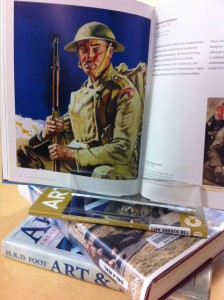
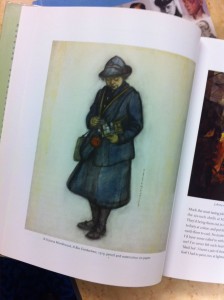 Left: ‘A Grenadier Guardsman’ by William Orpen, 1917. Right: ‘A bus conductress’ by Victoria Monkhouse, 1919.
Left: ‘A Grenadier Guardsman’ by William Orpen, 1917. Right: ‘A bus conductress’ by Victoria Monkhouse, 1919.
 Beyond the battlefield : women artists of the two World Wars
Beyond the battlefield : women artists of the two World Wars
“World Wars I and II changed the globe on a scale never seen before or since, and from these terrible conflicts came an abundance of photographs, drawings, and other artworks attempting to make sense of the turbulent era. In this generously illustrated book, Catherine Speck provides a fascinating account of women artists during wartime in America, Britain, Canada, Australia, and New Zealand and their visual responses to war, both at the front lines and on the home front. In addition to following high-profile artists such as American photographer Lee Miller, Speck recounts the experiences of nurses, voluntary aides, and ambulance drivers who found the time to create astonishing artworks in the midst of the conflict.” (Syndetics)
Posters:
Posters were recognised as a powerful recruiting tool with simple slogans and strong graphic imagery designed to appeal to the working class who fuelled so much of the machinery of war. They were also used to stir up patriotic feeling, influence women to send their menfolk to the front and to take up positions in service, farms and factories. They were also used to justify the war, raise money, procure resources and to promote good standards of behaviour.
 British posters of the First World War
British posters of the First World War
“During the First World War the authorities emulated the simple slogans and strong graphic imagery of advertising posters to create a form of mass communication that was easily and instantly understood by the British public. They were aimed at the mostly illiterate working class who did more than their share to feed the machinery of war. This book looks at the art of these posters and explores the themes that emerged throughout the course of the conflict.” (Syndetics)
Photography:
Photography in the First World War was made possible by earlier developments in chemistry and in the manufacture of glass lenses, established as a practical process from the 1850s onwards.The ability of photographers to document events was limited to what they could literally see at a certain time, while the quality of their work was hampered by the limited manoeuverability of their equipment. War artists had much greater flexibility as documenters of war, particularly in the difficult conditions of the trenches.
 World War I in colour : the definitive illustrated history with over 200 remarkable full colour photographs
World War I in colour : the definitive illustrated history with over 200 remarkable full colour photographs
“Up to now, World War I has only been seen in black and white. At the time, it was the only way pictures from the front and scenes recreated for the camera could be filmed. Now, for the first time, rare archive footage in black and white from worldwide sources, including Russia, Germany, France, Italy, the USA and the Imperial War Museum, London, has been recast into colour with the greatest care and attention to detail. The results are breathtaking, bringing a remarkable immediacy and poignancy to the war which consumed the lives of 10 million soldiers and civilians.” (Syndetics)
 Images of war : World War One : a photographic record of New Zealanders at war 1914-1918
Images of war : World War One : a photographic record of New Zealanders at war 1914-1918
“In this photographic collection from the archives of the Waiouru Army Museum, renowned military historian Glyn Harper has selected and annotated the story of Kiwis at the front during the First World War.” (Syndetics)
Cartoons:
For many confronted with the effects or aftermath of the war’s violence, photos were too graphic for daily consumption. Caricatures and cartoons served as a release valve—allowing citizens to make fun of politicians, or the enemy, to offset the dire realities of the day. The period was a high point for illustrated magazines, and cartoons were contemporary commentaries.
 World War I in cartoons
World War I in cartoons
“Using images from a wide variety of international wartime magazines, newspapers, books, postcards, posters and prints, Mark Bryant tells the history of World War I from both sides of the conflict in an immediate and refreshing manner that brings history alive. The book contains more than 300 cartoons and caricatures, in colour and black and white, many of which are published here in book form for the first time. Artists featured include such famous names as Bruce Bairnsfather, H.M.Bateman, F.H.Townshend, Alfred Leete, E.J. Sullivan, Lucien Metivet and Louis Raemaekers, with drawings from the Bystander, London Opinion, Daily Graphic, Punch, Le Rire, Simplicissimus and Kladderadatsch amongst many others.” (Syndetics)
Art and medicine:
Drawings, portraits and photographs were used to help the four pioneering plastic surgeons of the two world wars to reconstruct the faces of disfigured servicemen and civilians.
 Reconstructing faces : the art and wartime surgery of Gillies, Pickerill, McIndoe & Mowlem
Reconstructing faces : the art and wartime surgery of Gillies, Pickerill, McIndoe & Mowlem
“The two world wars played an important role in the evolution of plastic and maxillofacial surgery in the first half of the 20th century. This book is about four of the key figures involved. Sir Harold Gillies and Sir Archibald McIndoe were born in Dunedin; McIndoe and Rainsford Mowlem studied medicine at the University of Otago Medical School, and Henry Pickerill was foundation Dean of the University of Otago Dental School.” (Syndetics)
How the First World War shaped the future of Western art:
The First World War utterly changed the way artists looked at the world. Throughout Western art, the grim realities of industrial warfare led to a backlash against the propaganda and grandiose nationalism that had sparked the conflagration. Cynicism toward the ruling classes and disgust with war planners and profiteers led to demands for art forms that were honest and direct, less embroidered with rhetoric and euphemism.
 Esprit de corps : the art of the Parisian avant-garde and the First World War, 1914-1925
Esprit de corps : the art of the Parisian avant-garde and the First World War, 1914-1925
“In analyzing the changes in modern art between the outbreak of World War I and the Paris Exposition des Arts Dcoratifs of 1925, Kenneth Silver shows that the Parisian avant-garde was deeply involved in French society and its dominant values and relationships. He radically reinterprets masterpieces of modern art, from Matisse and Picasso to Léger and Le Corbusier, demonstrating how their creators all refer, consciously or not, to the Great War and its aftermath.” (Syndetics)


